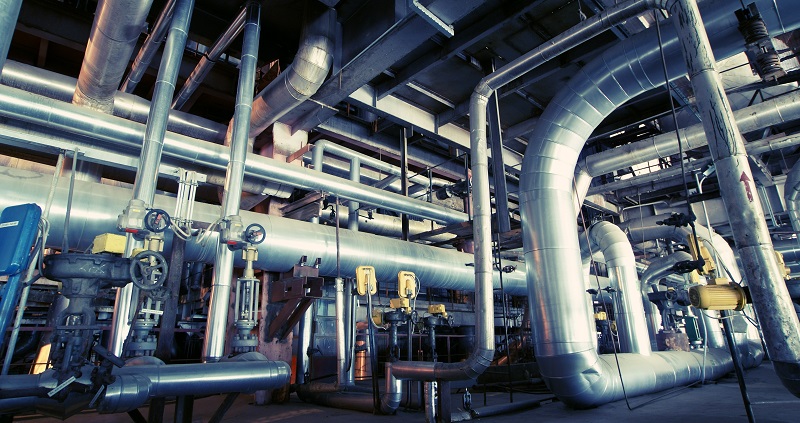The Vibrations in Nuclear Power programme is dedicated to providing essential knowledge for suppliers, consultants, and power plant operators alike. Our research is focused on surveying developments and equipment testing for piping, generators, and turbines. Viscous dampers have proven to be an effective solution in many cases of operational piping vibrations. In this recent report senior experts from CKTI-Vibroseism* have summarized operational experience from using viscous dampers for vibration mitigation in nuclear-, conventional power-, and chemical plants.
Increased Safety and Operational Output
Piping systems itself are usually low damped oscillatory systems that can easily be excited by internal and external forces. The low damping leads to significant amplifications of oscillations if the natural frequencies of the piping system are excited. Pipe vibrations frequently occur in nuclear power plants and experts spend a lot of time analysing the causes and implementing different mitigation methods. Having efficient vibration mitigation tools is important to reducing the risk of extended periods of outage due to maintenance or safety issues.
This report illustrates three decades of experience involving cases using high viscous dampers, HVD, for reducing operational piping vibrations in several power plants and industrial facilities.
Comprehensive analysis provides efficient results and low maintenance
Outlined in the report are valuable insights for professionals interested in how to implement HVD technology to reduce operational vibration. The fundamental steps and process for identifying and resolving vibration problems are described in an accessible flowchart and the report includes description of the process of examination, dynamic analysis, and the basic requirements for instrumentation. To gain full benefits of this technology the authors stress the importance of following the provided process of rigourous analysis and engineering support.
One essential advantage of HVD technology is the low maintenance and operational costs compared other solutions. Operational maintenance of this type of damper can be carried out simply by visually verifying the level of viscous fluid in the damper housing and by testing the fluid viscosity. This can be done with several years interval if the damper is located in very high radiation zones. In addition, unlike other dynamic supports, such as snubbers, they do not restrain piping elastically and if properly fitted will allow for thermal expansion.
* CKTI-Vibroseism is a research and development engineering company specialized in anti-seismic design and vibrational safety in nuclear and conventional power plants with long experience in designing and implementing high viscosity dampers.
